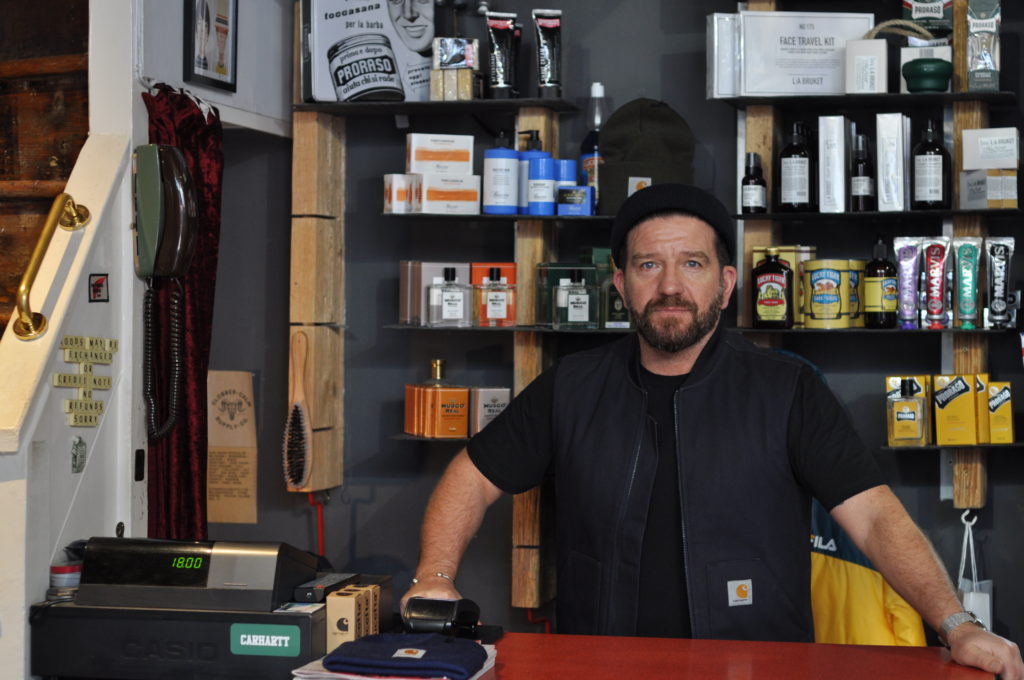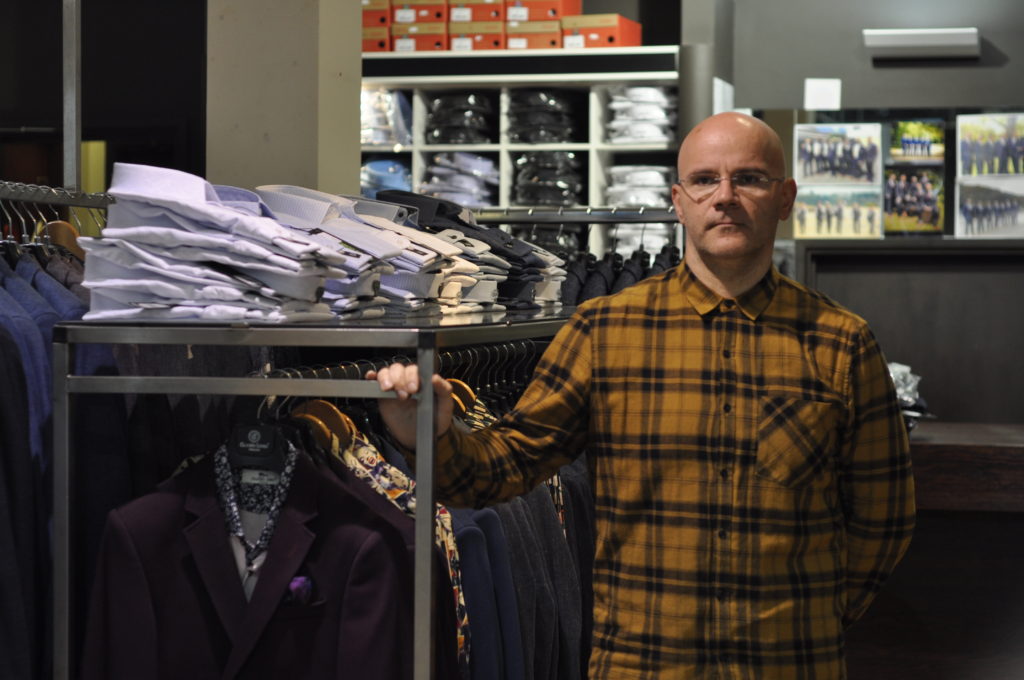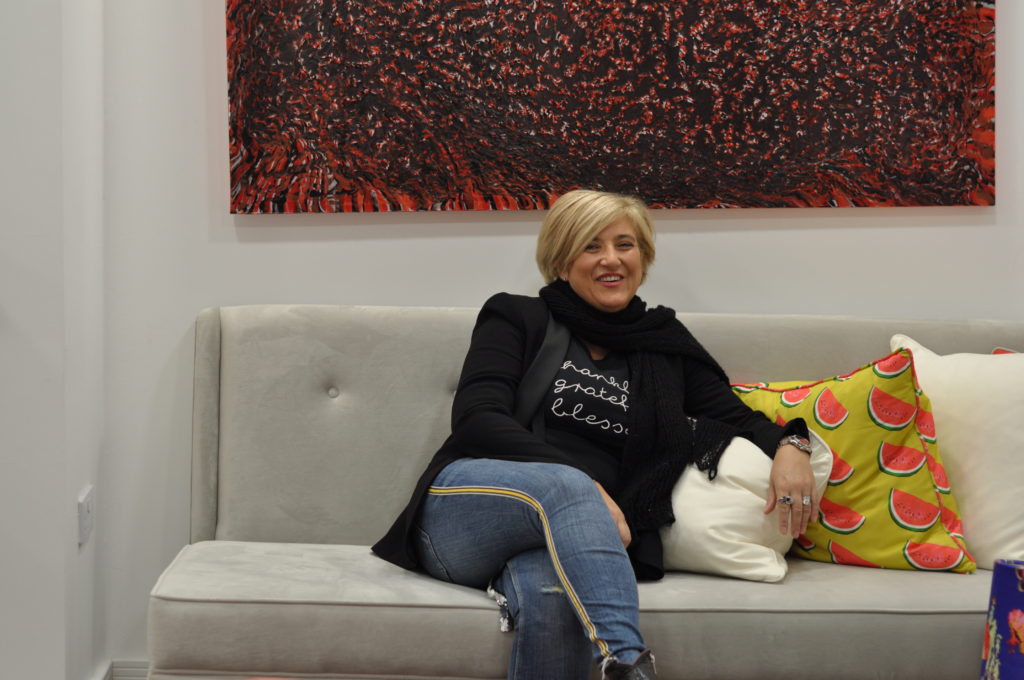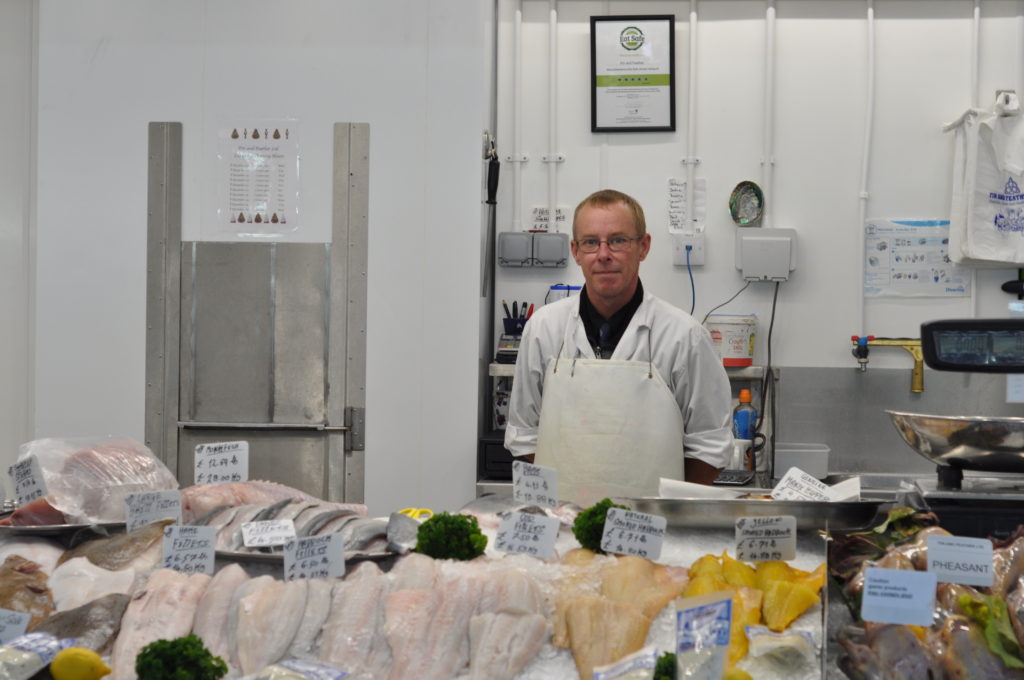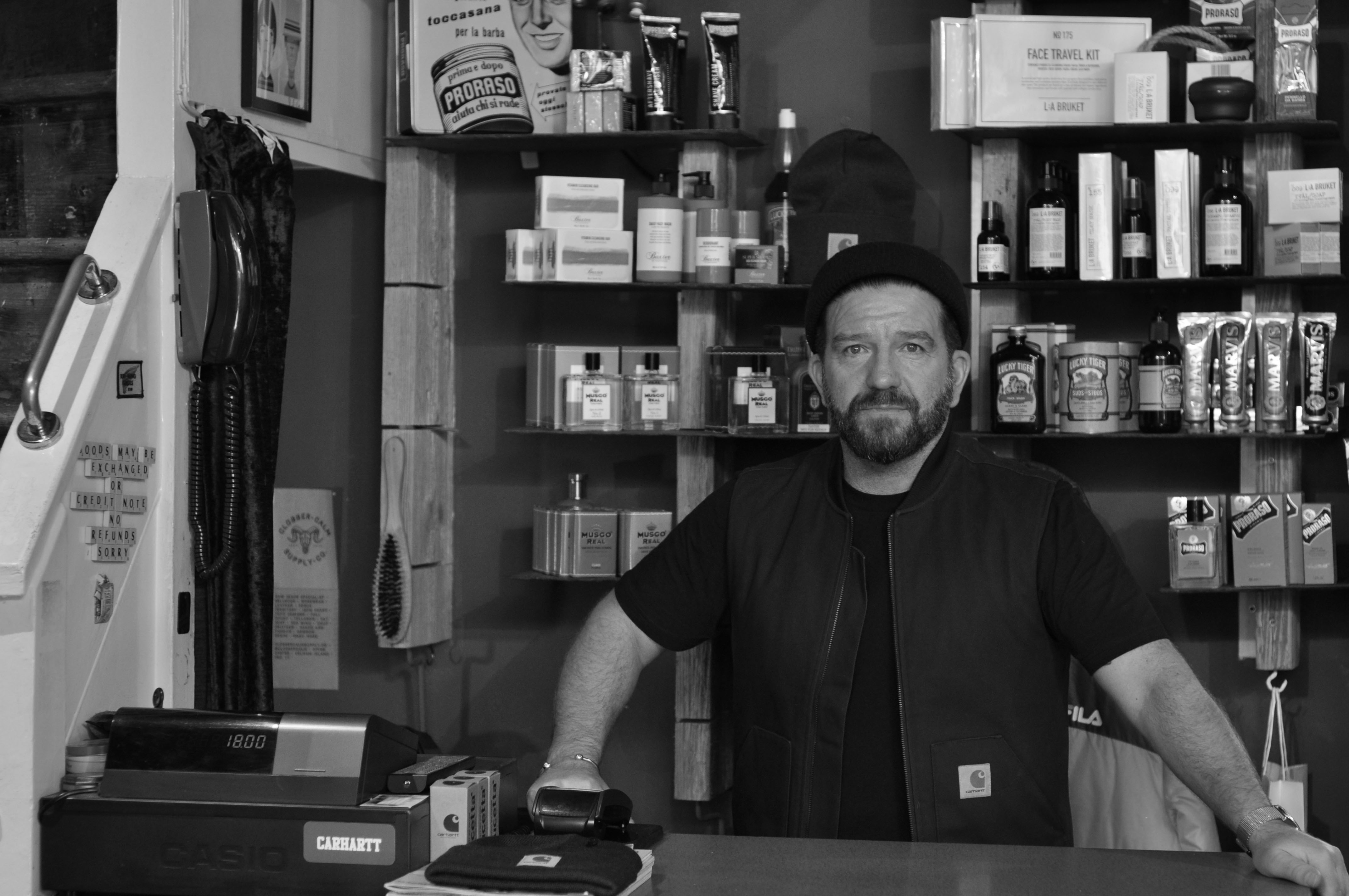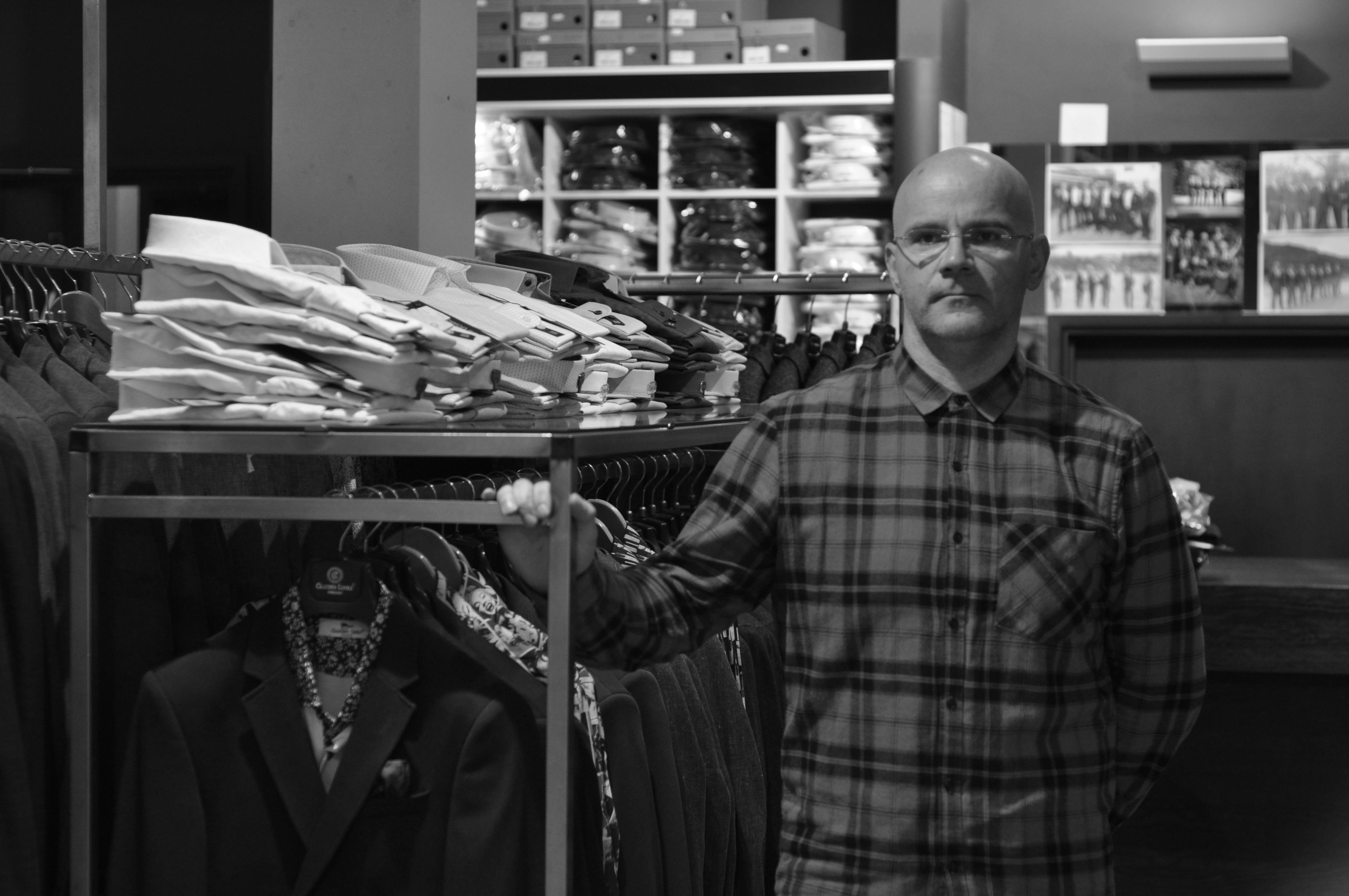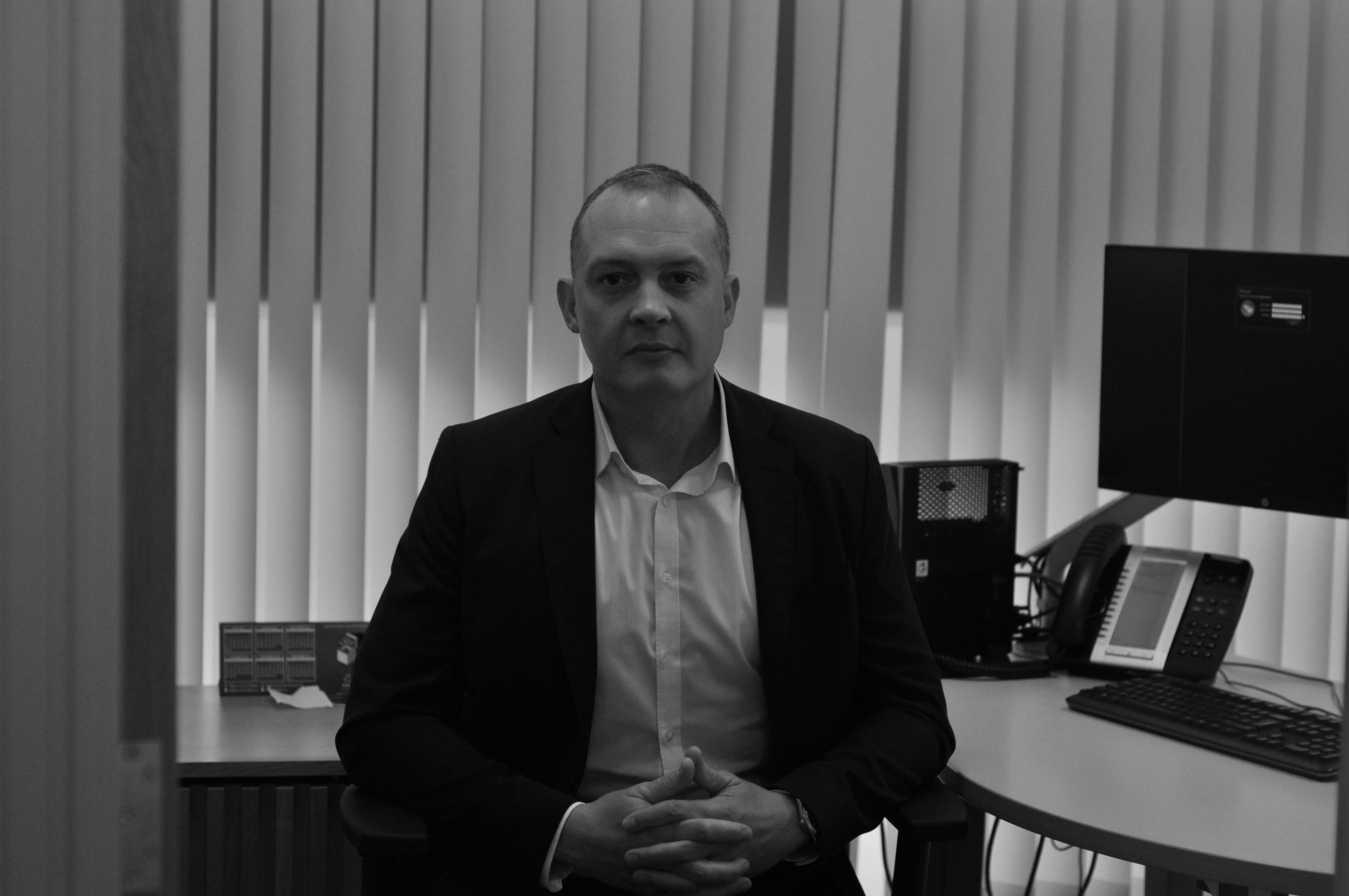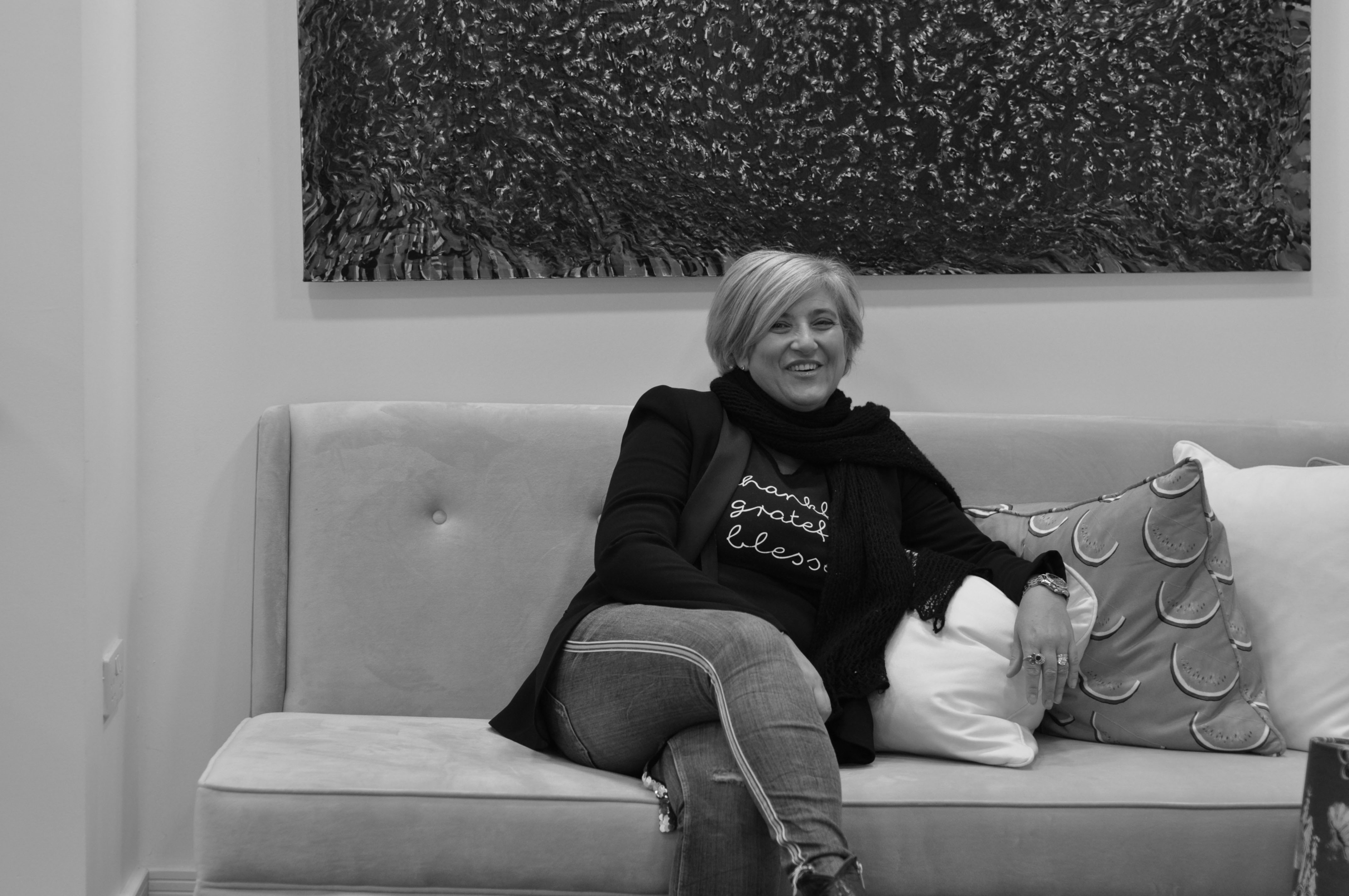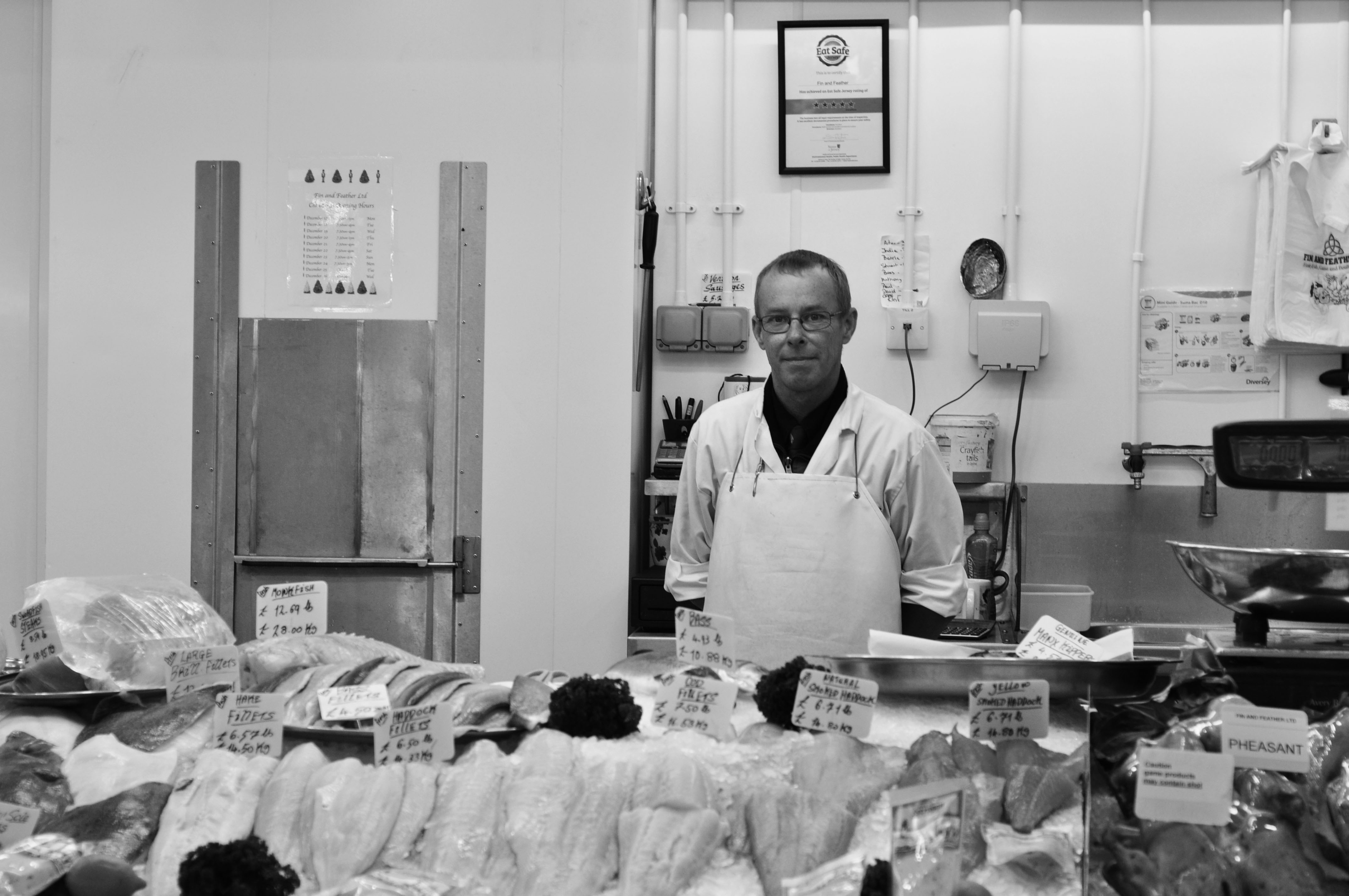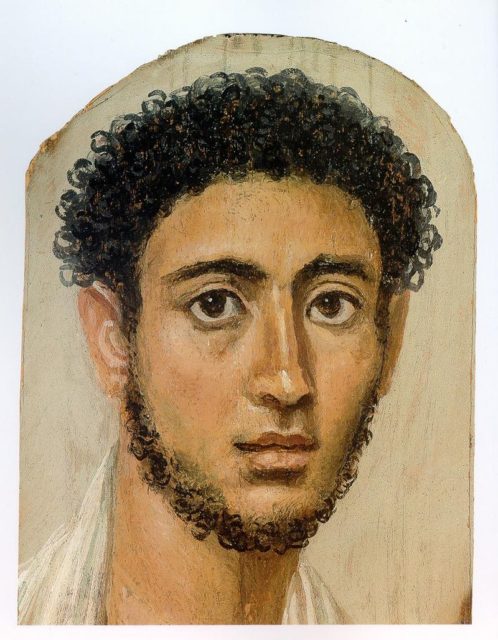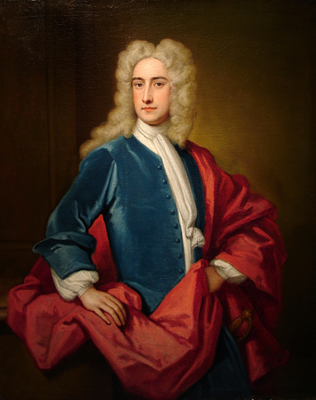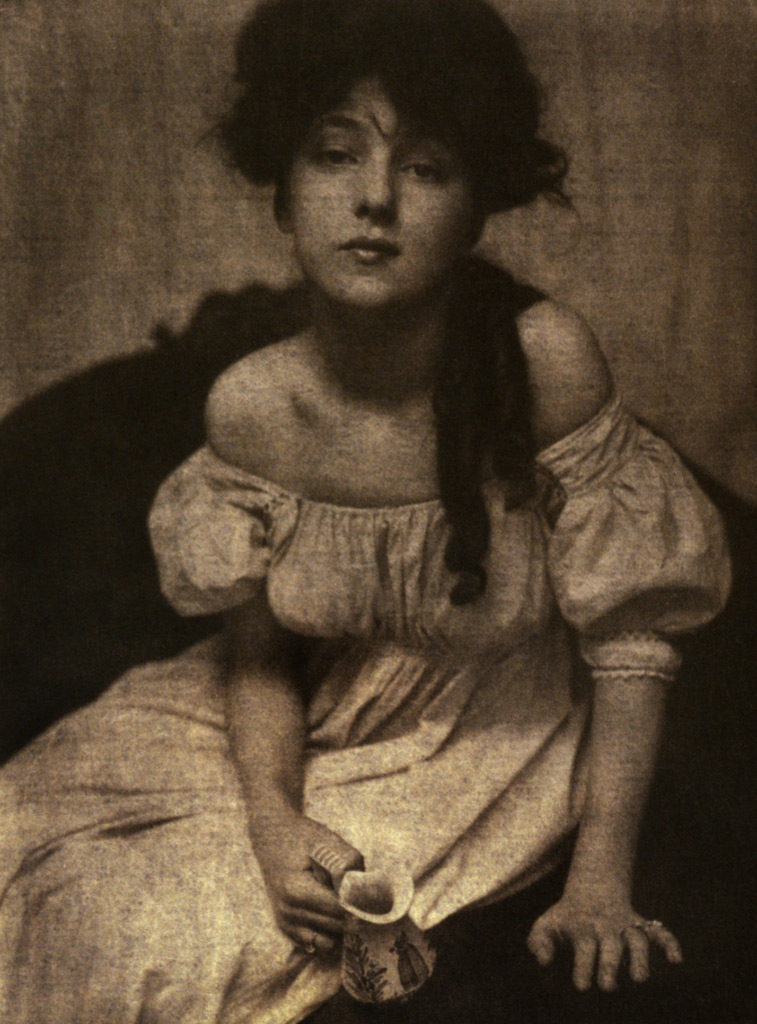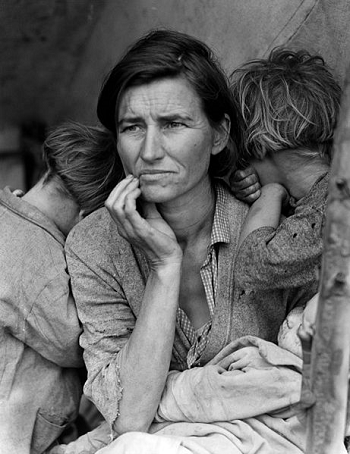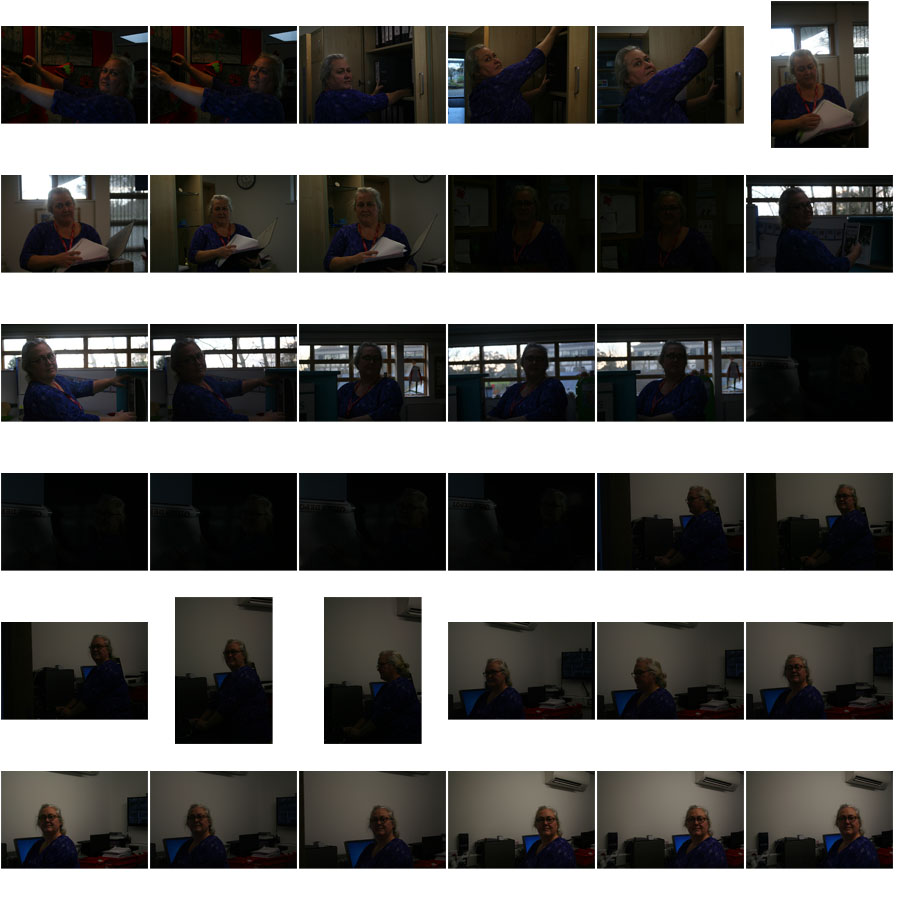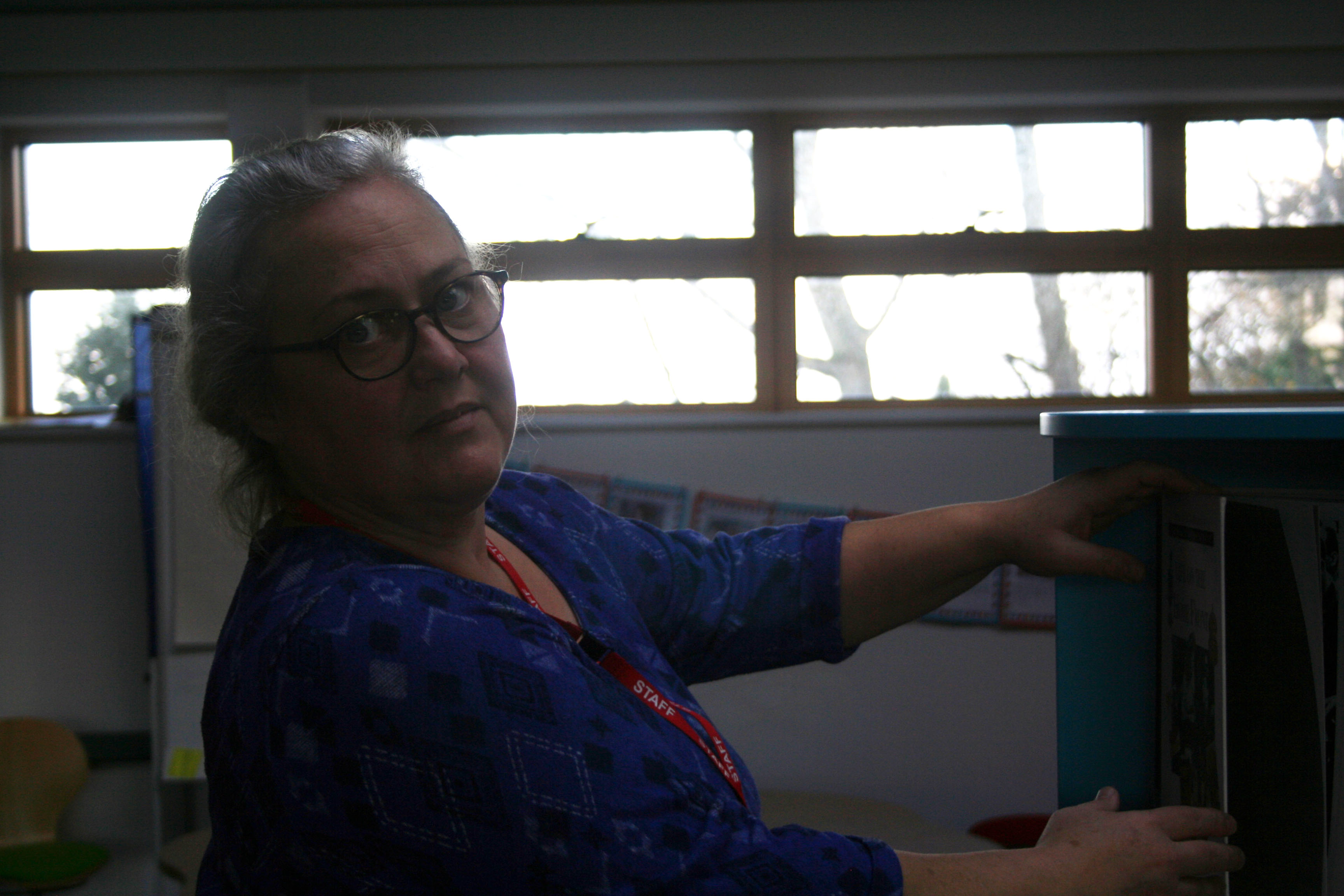Environmental Portraits
An environmental portrait is a portrait executed in the subject’s usual environment, such as in their home or workplace, and typically illuminates the subject’s life and surroundings. The term is most frequently used of a genre of photography.
The surroundings or background is a key element in environmental portraiture, and is used to convey further information about the person being photographed. The details that convey the message from the surroundings can often be quite small and still be significant. The key seems to be in the symbolism expressed by various elements in the background; for instance, a baseball cap may not tell you much about your subject (unless he or she is a baseball player), but a chef’s hat gives you a lot more detail about who he is and what he does.
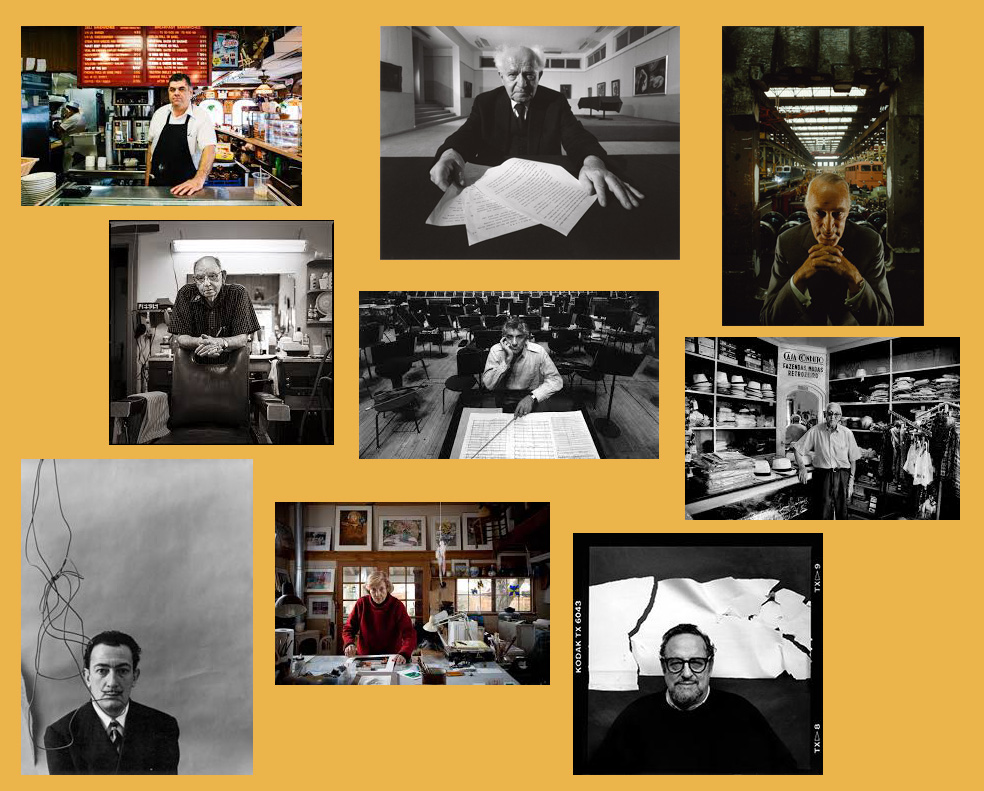
Jim Cornfield – ‘Telling a Story with Environmental Portraits’ – https://www.digitalphotopro.com/technique/camera-technique/telling-a-story-with-environmental-portraiture/
Arnold Newman
“There are many things that are very false about photography when it is accepted without question. You must recognize and interpret it as you would any other art form, and then maybe it is a little more than real.” – Arnold Newman
Arnold Newman (1918-2006) was an American photographer known for his environmental portraits or artists and politicians. He was also known for his carefully composed abstract still life photographs.
Newman is often credited with being the first photographer to use so-called environmental portraiture, in which the photographer places the subject in a carefully controlled setting to capture the essence of the individual’s life and work. Newman normally captured his subjects in their most familiar surroundings with representative visual elements showing their professions and personalities. A musician for instance might be photographed in their recording studio or on stage, a Senator or other politician in their office or a representative building. Using a large-format camera and tripod, he worked to record every detail of a scene.
The photograph below shows one of Arnold Newman’s works, we can see he has his subject clearly engaging with the camera and how they are surrounded by something that represents them and it has been clearly composed of how they are sitting and where they have been placed in the frame which is something I will aim to do in my own photoshoot with inspiration from Arnold Newman.
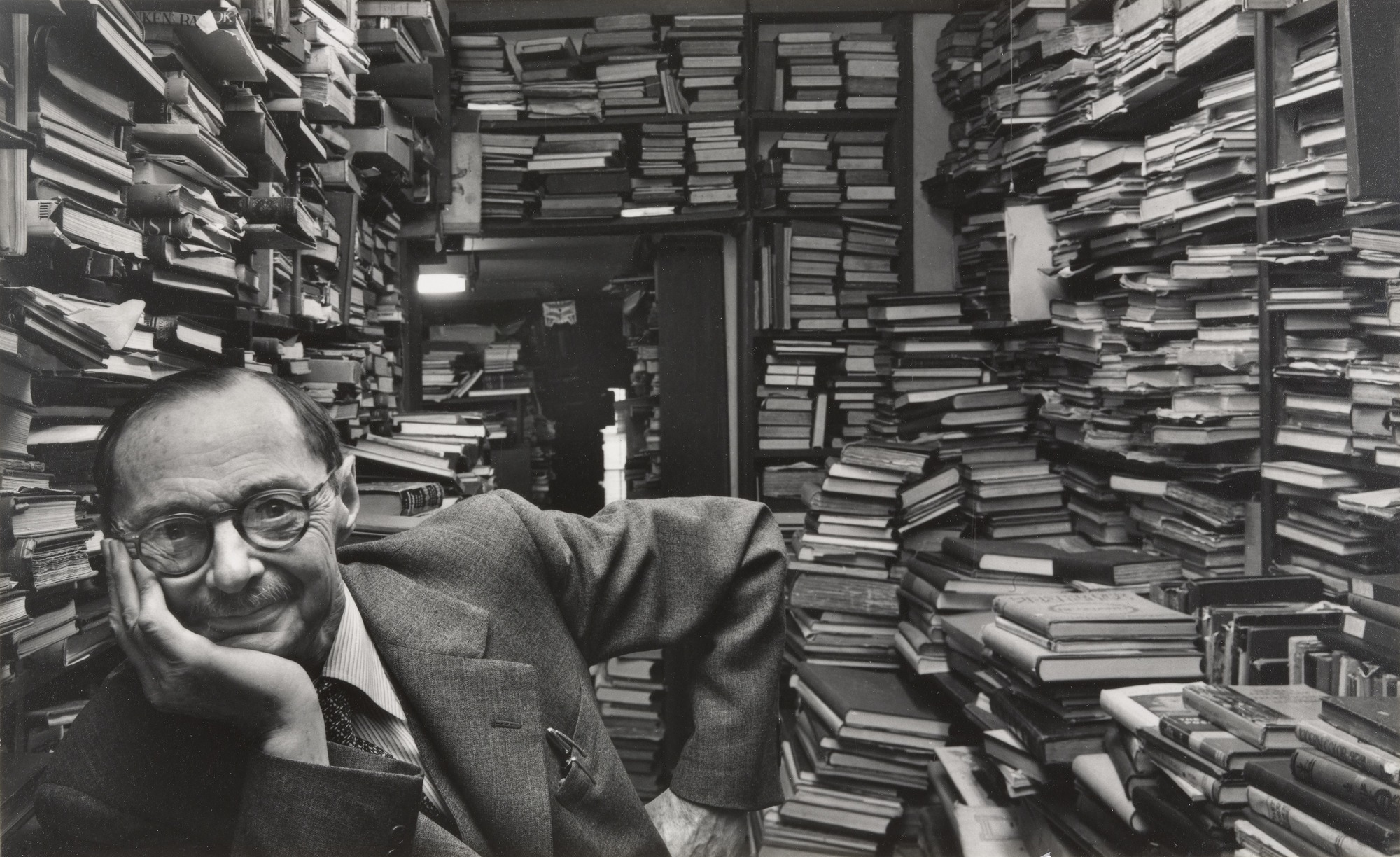
My Own Responses
For these photoshoots I went out and captured people in their working environments, this enabled me to have them surrounded by things that may represent their life and their work such as Arnold Newman did.
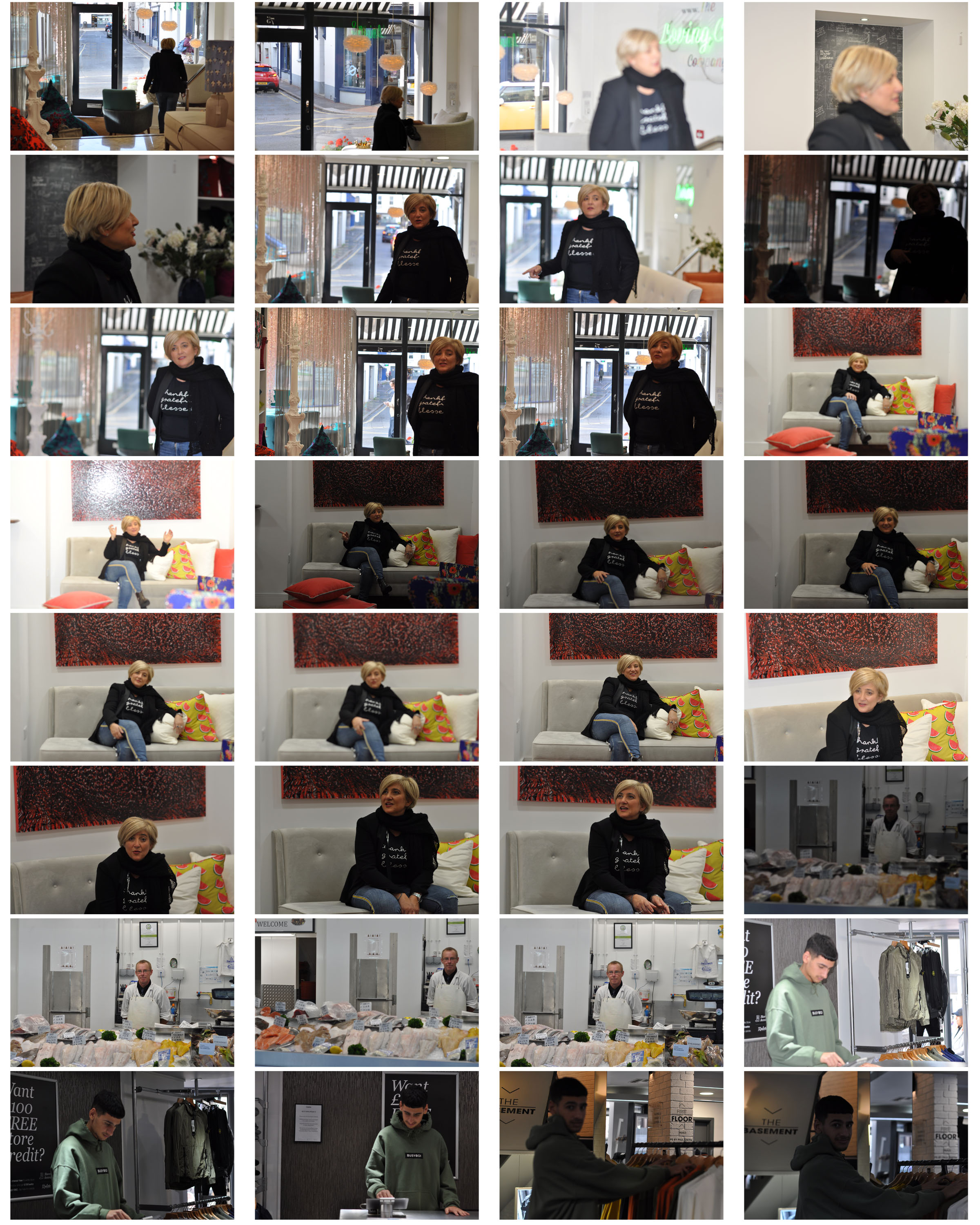
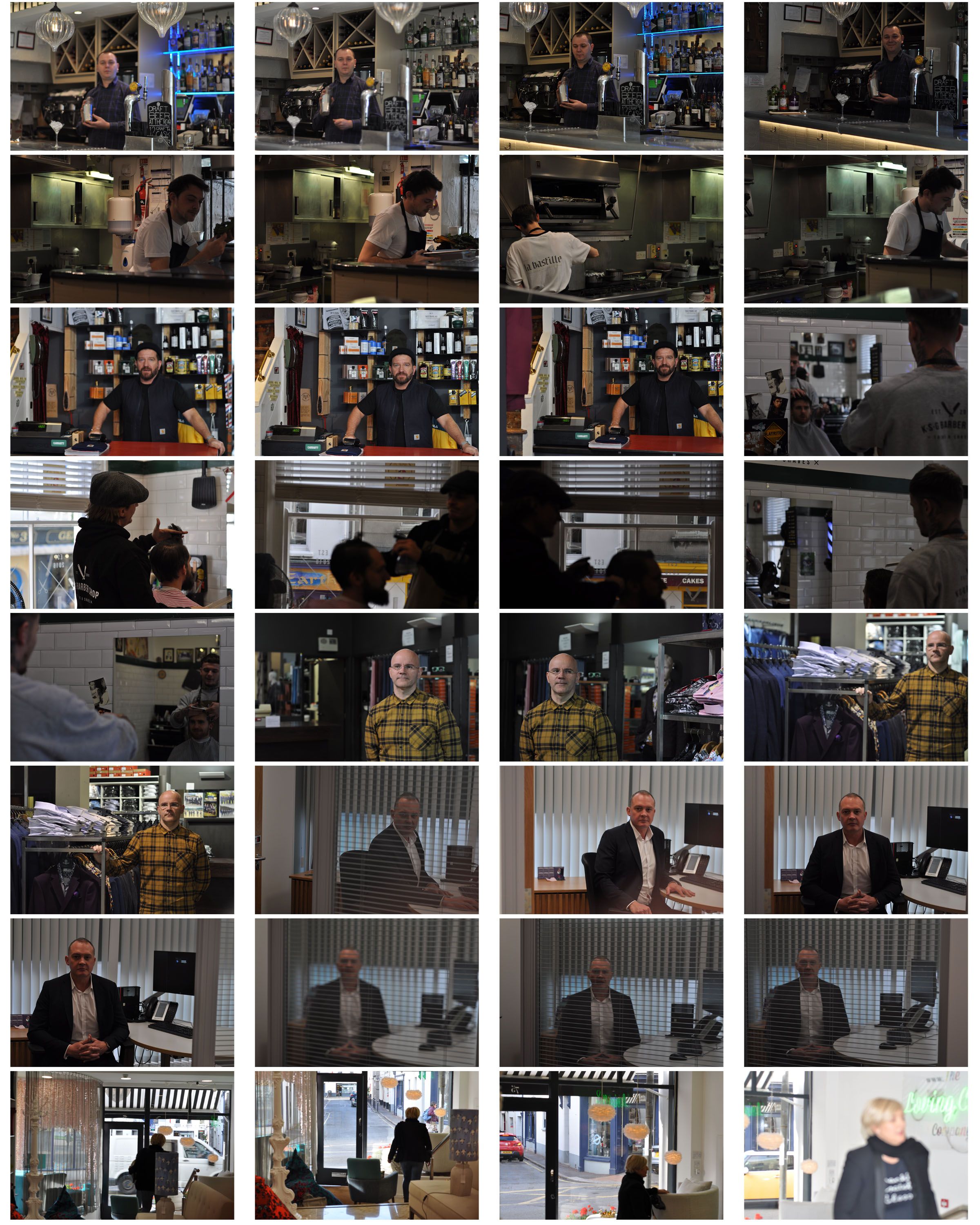
These are two contact sheet of my own experiments and photographs I have taken under the name of environmental portraits. I went out and photographed people in their work place or their environments, I had some people posed more naturally by having them carry on with what they were doing but also having them try look towards the camera slightly to engage with it there and some more unnatural by having them fully engage with the camera by getting them to look directly at the lens. Some photographs came out better than others as some are too over-exposed or under-exposed and others are not completely in focus however there were some photographs which I feel turned out successful and some which I feel would be good to experiment with with turning them black and white from being influenced by people such as Mary-Ellen Mark and Arnold Newman.
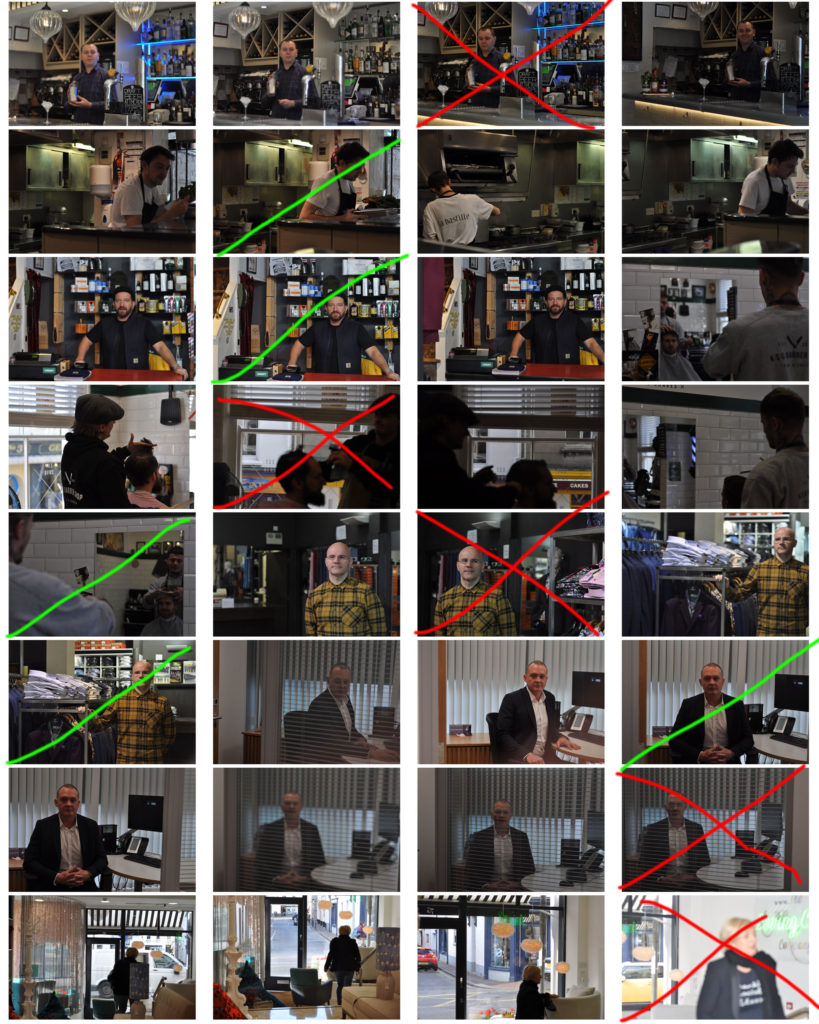
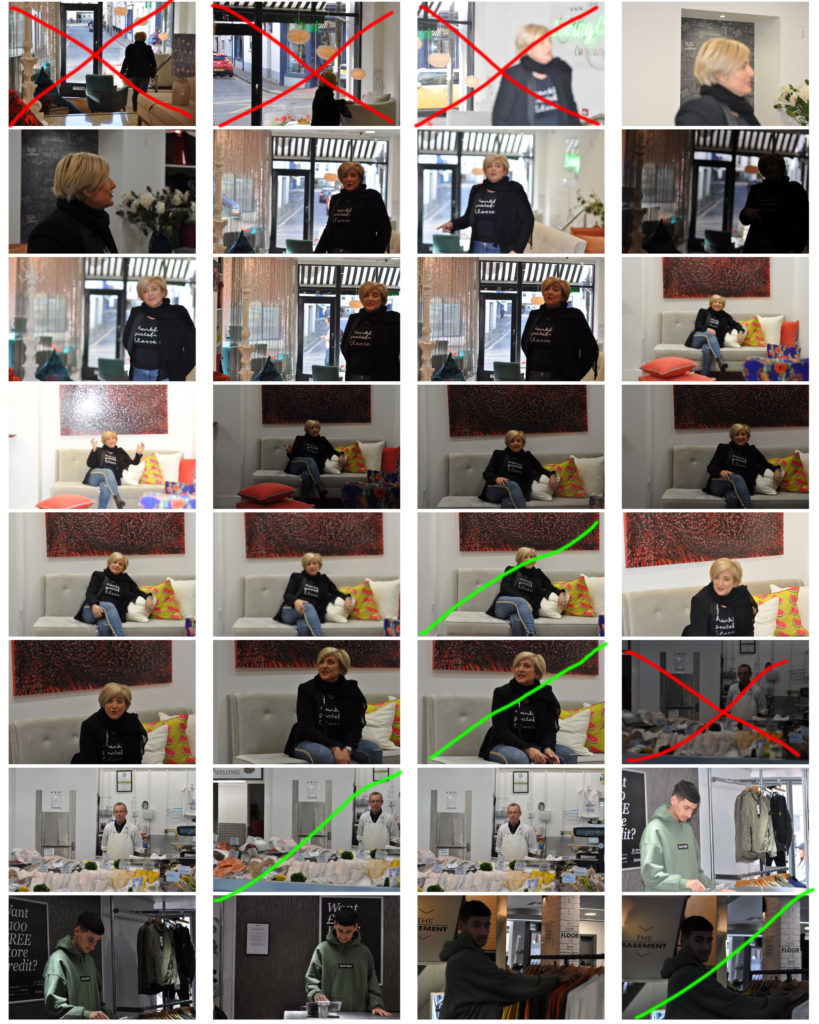
This shows how I began to sort through and pick out which photographs would work for experiments with things such as placing into black and white and as good photographs and which would not be so successful or useful.
Edits and Outcomes
For the editing of the photographs I kept it simple by only adjusting the photos into black and white or maybe adjusting the brightness to help with the transition into black and white such as Arnold Newman’s photographs were. I have chosen what I feel to be my 5 best outcomes of this photoshoot as it shows my subjects engaging with the camera and the photographs are clear and work well. Below is the edited and unedited versions of my photographs.
